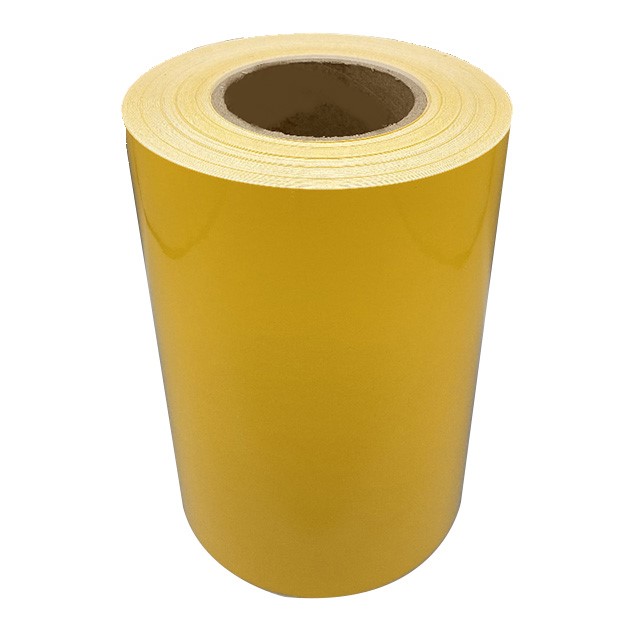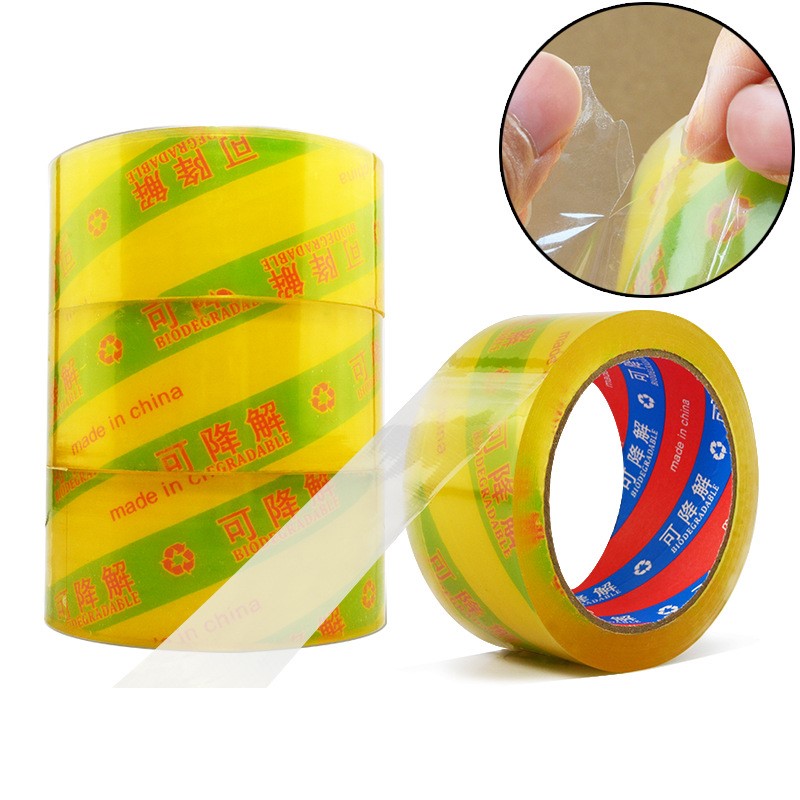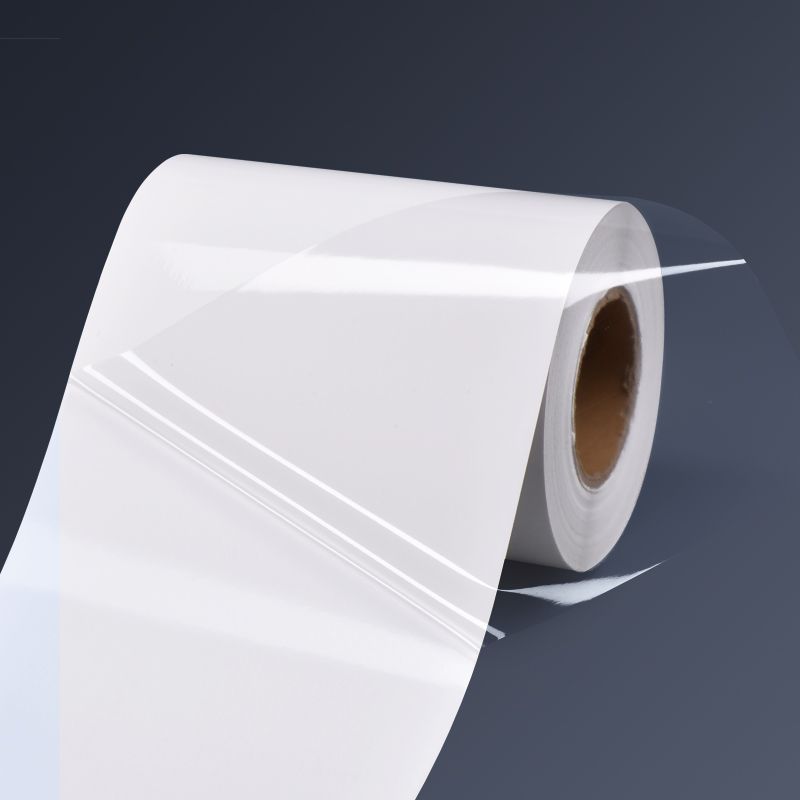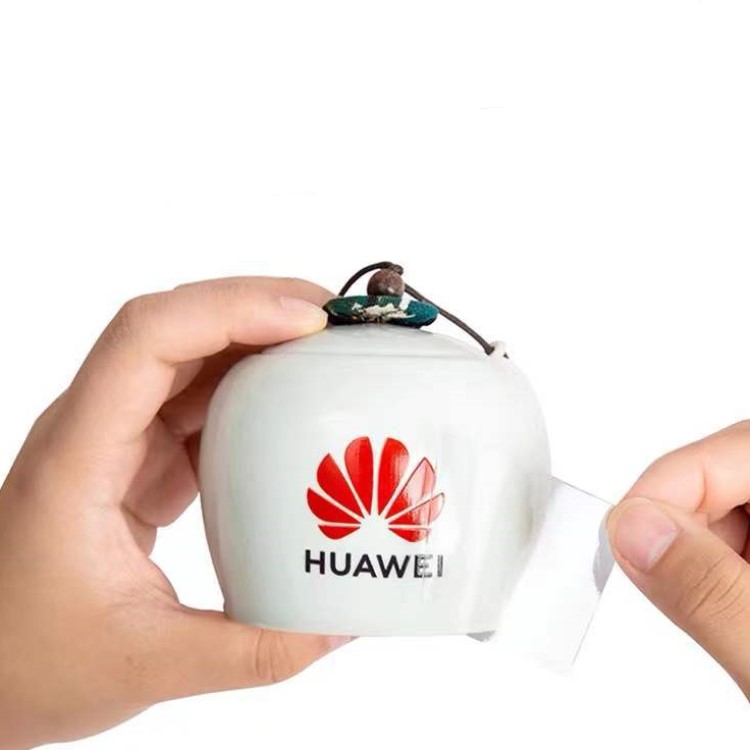Bubbling on self-adhesive labels
1. The adhesive coating is uneven. Due to uneven application of adhesive, areas with less adhesive cannot adhere well to the object being pasted, directly leading to blistering of the label
2. Poor design of the labeling machine's pressure wheel and insufficient pressure. When labeling, it is necessary to apply a certain amount of pressure evenly to the label to ensure that all parts of the label are fully bonded to the substrate being labeled. If the pressure applied by the pressure roller of the labeling machine is not sufficient, the problem of label foaming may occur
3. Penetration of solvents in printing ink. After label printing, some solvents in the ink may be activated due to factors such as temperature, pH, and environmental humidity, leading to permeation. If infiltration occurs, some organic solvents, plasticizers, etc. in the ink will react chemically with the adhesive, causing the adhesive to lose its stickiness and the label surface to bubble
4. The surface of the adhered object is not clean. Before labeling, the surface of the adhered object may be covered with dust, particles, and other dirt. For example, if the surface of the adhered bottle is not cleaned thoroughly, the adhesive label and the bottle body will inevitably not be in complete contact, resulting in bubbles
5. The influence of the drying process. The drying method of ink in the offset printing process is oxidative polymerization, which is suitable for paper materials and not suitable for film materials. The solvent based ink drying method commonly used in screen printing is volatile film coating. If a thin base paper material is used during the drying process, adhesive labels may deform and bubble
6. Electrostatic effect. Static electricity effect is an inevitable and serious problem in the production process of adhesive labels. What we need to do is to eliminate static electricity in a timely manner during the label production process. The commonly used method is to connect outdoor wires or keep the workshop floor moist
Adhesive labels lifted up
1. Adhesive viscosity is too weak: a suitable adhesive material should be selected
2. Insufficient pressure on the pressure roller of the labeling machine: Adjust the pressure roller
3. The quality or type of label surface material does not meet the requirements: When selecting label surface material, consideration should be given to whether the labeled object is flat or curved, large or small diameter, single curved or spherical, rigid or compressible. These indicators are directly related to the selection of surface material. Soft bottle bodies should be made of synthetic materials such as PE, PVC, and unstretched PP, while hard bottle bodies can be made of PET, BOPP, or PS materials
4. Improper selection of adhesive: When choosing adhesive for self-adhesive labels, the first step is to determine whether the adhesive required for the label is permanent or removable, whether it can be applied once or reapplied, and whether the product has special requirements for the chemical properties of the adhesive for self-adhesive labels. For example, when labeling on surfaces with large curvature (circular substrates with a diameter less than 2cm), thick or hard paper materials (such as mirror coated paper) should not be used as the surface material. Instead, thin films or thin soft paper materials and adhesives with high initial viscosity should be used; For containers that require hot filling, it is advisable to use thin film materials and adhesives with good initial viscosity for the adhesive material surface
5. Poor control of laminating tension: After correctly laminating, the label is peeled off from the base paper and is flat without curling, and the label can maintain good followability after labeling. After the label with too tight film tension is peeled off from the backing paper, the label will curl up, which can easily cause the label edge to peel off and curl up after labeling
6. Unreasonable bottle shape design: A reasonable design should have a flat surface within the labeling range of the bottle (mainly in the design of flat circular bottle bodies). If the surface within the labeling range is partially spherical, the area is large when using paper labels for labeling, and the lower end is prone to wrinkling on both sides after labeling
Garbage classification adhesive label stickers
1. When using labels, the label paper should be kept warm (around 20 ℃) so that it can exert maximum adhesion
2. The use of labels should only be applicable in dry weather (i.e. without rain, snow, etc.)
3. Labels should be applied to concrete surfaces with temperatures above 10 ℃
4. Labels should be applied to surfaces suitable for adhesion. The surface suitable for pasting should be smooth, without cracks, holes, and gravel
5. Before pasting, the surface of the object to be pasted should be cleaned first
6. Try to avoid contaminating glue with income and expenses as much as possible
7. After pasting, it is necessary to press the label firmly a few times
Cleaning method for adhesive labels
1. First, tear off the adhesive decorations attached to the glass or product surface, soak the towel in warm water (hot water should be used in winter), and repeatedly wipe the adhesive marks twice; Then use a warm and damp towel with soap, and repeatedly wipe the marks several times; Finally, use a clean and warm towel to wipe off the soap foam, and the adhesive marks will be removed
2. Apply toothpaste evenly on the surface of the sticker, let it sit for a while, and then wipe it with a soft cloth. Sometimes there are more stickers and they are more firm. Just apply toothpaste on the traces that have not been removed in one go. The method is still the same, and you can remove the headache sticker. The principle is that toothpaste contains glycerin, which is a good solvent that can dissolve the components of stickers. In addition, many cosmetics also contain glycerin, which can be used to remove stickers
3. Furthermore, using a pen, paper, or knife to scrape, it is suitable for hard surfaces such as glass and floor tiles; Wipe with alcohol, suitable for glass, floor tiles, clothing, etc; Freezing, once the adhesive becomes hard after freezing, it can be directly peeled off and is suitable for methods that are not suitable for alcohol or scratching
4. I heard that the effect of wind oil essence is also good. If it is a self-adhesive sticker or the like, it can be easily peeled off by blowing it with a hair dryer. However, it is not suitable for plastic, as overheated plastic will deform
5. Using a wind dryer to heat blow is very effective and convenient at home. Almost everyone has a wind dryer, whether it is for sticker glass, plastic, wood, or metal. First, use a wind dryer to heat blow back and forth a few times, then tear a small edge and slowly tear along the direction of tearing while using the wind dryer to heat blow. The effect is very good
6. Rub vigorously with a rubber a few times
7. In industry, wiping with natural water is very easy to remove
Adhesive label printing
Small adhesive labels are often an important reflection of a company's image and brand, playing a crucial role in showcasing product quality and arousing consumer desire to purchase. So, when choosing labels or self-adhesive labels, how can the printing process of self-adhesive labels avoid the occurrence of adhesive residue
1. For cylindrical bottles, especially those with a diameter less than 30MM, careful selection of materials is necessary.
2. If the label size is too large or too small, attention should be paid to conducting actual tests.
3. If the object being pasted is an irregular surface or even a spherical surface, there are specific considerations for the type, thickness, and adhesive of the label material.
4. Some rough surfaces such as corrugated cardboard boxes can affect labeling, and the gloss on the surface of corrugated cardboard boxes can also have an impact.
5. Automatic labeling machine labels, and labeling tests can be conducted if necessary.
6. Even if the label is labeled at room temperature, attention should be paid to whether it has experienced high temperatures during export transportation and use.
7. The characteristics of adhesives can be affected by environments with high water or oil content, and attention should be paid to the environment and temperature for label labeling.
8. Sometimes plasticizers may seep out from the surface of soft PVC, so special attention should be paid to selecting the appropriate adhesive.
We offer comprehensive technical support, including free professional labeling solutions, advice on label materials and adhesive selection, as well as online/offline assistance from professional software and hardware engineers. Service email: andy@ownlikes.cn. In pre-sales, we leverage our extensive experience in specialty labeling projects to provide clients with the most suitable hardware solutions. Additionally, all our label barcode printers and scanners come with a three-year free warranty, demonstrating our confidence in our products.






This site is protected by reCAPTCHA and the Google Privacy Policy and Terms of Service apply.